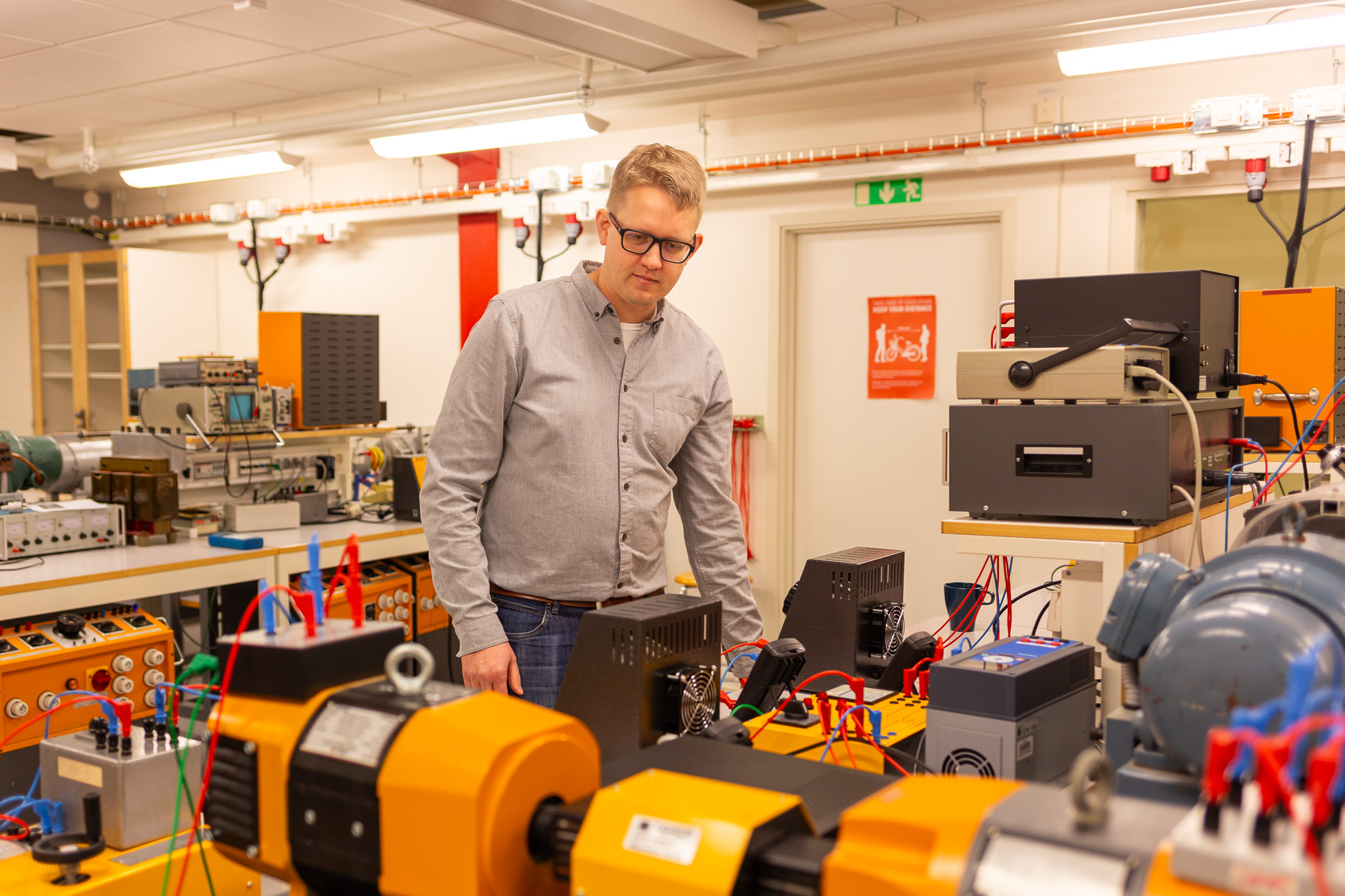
Combining physically based models and machine learning, competitions, and doctoral courses. Recently, we met with Daniel Jung and talked about his research and ambitions with ELLIIT.
Daniel Jung, Associate Professor in Fault Diagnostics and Prognostics at Linköping University, has been a part of the ELLIIT Recruited Faculty since June 2022.
His work focuses on fault diagnosis and prognostics of technical systems, combining models and data, supervised and unsupervised learning with incomplete training data, and electrification of transportation.
Where did your interest in fault diagnostics and prognostics begin?
– During my undergraduate education, I took a course on fault diagnostics. Later, I did a summer project and a CDIO project on vehicle systems in diagnostics, which caught my interest. Then, I contacted Erik Frisk (Professor at the Department of Electrical Engineering at Linköping University) expressing my interest in pursuing a Ph.D. in diagnostics, and that’s how it began.
How would you summarize your work in the field?
– Fault diagnostics involve detecting abnormal behavior in a (technical) system by comparing observations (measured signals) with expected behavior and then identifying the cause. An example is an experienced car mechanic who, based on experience, can hear what is wrong with a car.
– My work focuses on constructing diagnostic systems that can automatically detect and identify abnormal behavior. If abnormal behavior is detected, it may be due to a component failure or degraded performance, or it could be that the knowledge of how the system should function is inadequate.

– The expected behavior can be modeled either using physical insights into how the system works, referred to as model-based diagnosis, or learned from historical data using machine learning, data-driven diagnosis. In my research, I am interested in combining physically based models and machine learning to detect and identify new faults that a diagnostic system has not encountered before, especially when historical data is unavailable or limited.
You are also organizing a competition in fault diagnostics. Could you please describe it?
– Yes. The competition we are organizing is called LiU-ICE Industrial Fault Diagnosis Benchmark in conjunction with the 12th IFAC Symposium on Fault Detection, Supervision, and Safety for Technical Processes (Safeprocess). In many real-world systems, it is expensive, time-consuming, and sometimes not possible to collect data from various faults that could occur. At the same time, there is system knowledge in the form of mathematical models developed for purposes other than fault diagnosis.
– The purpose of the competition is for participants to develop methods to detect and identify faults in a complex technical system given basic model information describing how the system is structured and a limited amount of training data from fault scenarios.
What are your ambitions regarding ELLIIT in the future?
– I hope to find new research collaborations within ELLIIT and contribute with expertise in diagnostics and prognostics, for example, by conducting doctoral courses. A new doctoral course is in the plans and will hopefully see the light of day later in 2024.
And finally, what do you do in your free time outside of academia?
– In my free time, I enjoy cooking and playing board games.
